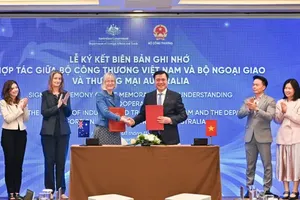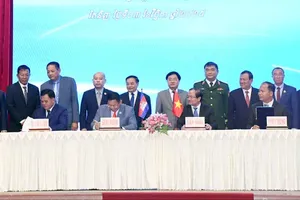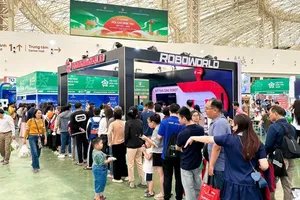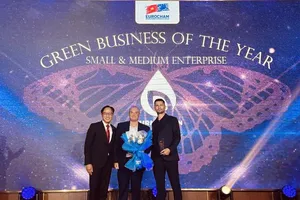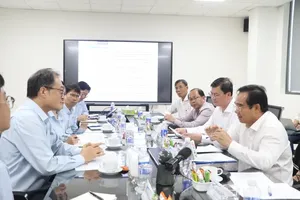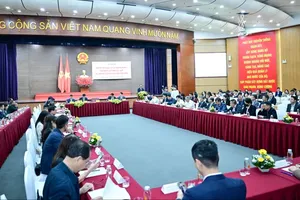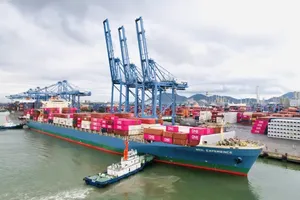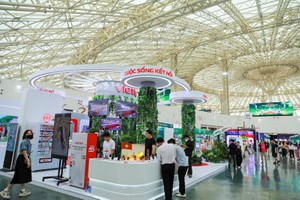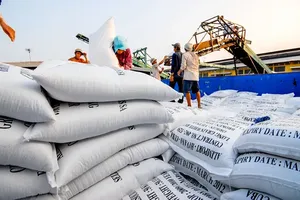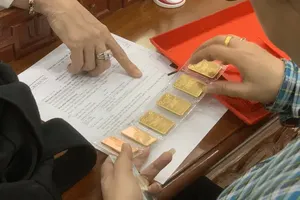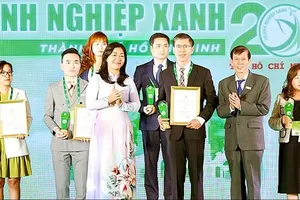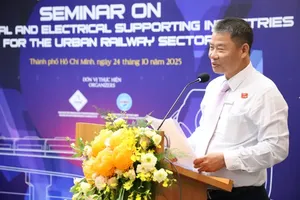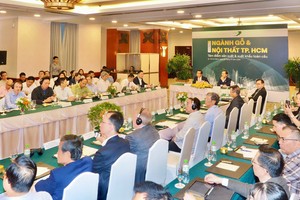Prime Minister Phạm Minh Chinh made very strong commitments at COP26, affirming Vietnam's desire to achieve economic prosperity, environmental sustainability, and social justice.
The Prime Minister also committed in COP 26 that by 2050, greenhouse gas emissions will be reduced to zero. Therefore, he said green growth would be the top goal in the following years.
As much as US$9 billion has been invested in green growth from the business community, including the Foreign Director Investment (FDI) sector. These projects mainly focus on green development, renewable energy, or equipment for the green economy.
Nguyen Anh Tuan, deputy director of the Foreign Investment Department, Ministry of Planning and Investment, said that this figure accounts for about 2 percent of Vietnam’s GDP, and the average growth of this investment during the past two years has been quite high, at 10-13 percent, which is a very good sign.
The deputy director said that green growth and sustainable development are indispensable requirements that all countries in the world are pursuing.
He noted that the ministry strives to implement the goal of green growth well to not only contribute to solving the common issues of the world but also to affirm our position and role as a responsible global member.
He emphasized that achieving green growth goals requires mobilizing the full strength of the political system as well as the business community, including FDI enterprises. FDI enterprises help create a change in perception, resources, and experience for management, modern technology, and equipment to realize green growth goals in production.
If in the past, enterprises implementing green growth goals faced many difficulties and challenges, now, businesses have turned difficulties and challenges into competitive advantages, contributing to further improving their operations, production, and business investment, he added.
From the perspective of an expert in FDI investment, Nguyen Van Toan, Vice Chairman of the Association of Foreign Investment Enterprises (VAFIE), said that by 2021, among FDI enterprises investing in Vietnam, only 5 percent could apply high technology, 15 percent with outdated technology and 80 percent with medium technology.
That was the period when Vietnam attracted FDI at all costs, did not pay much attention to environmental protection issues, much in need of investment capital, occupation for labor, and boosting export, he revealed.
However, this index has greatly improved in recent years with the orientation of attracting FDI in green development. Recently, he said a series of high-tech enterprises, such as Lego and Nestle, have invested in the country.
FDI investment has contributed a lot to the economy, especially green growth. Following the promulgation of Politburo's Resolution 50, Vietnam has changed how it considers and selects FDI projects, he said.
Nguyen Quang Vinh, Vice President of the Vietnam Chamber of Commerce and Industry (VCCI), said that the country was not a rich country like developed countries but still had made commitments at COP 26. This is a huge goal that shows Vietnam’s clear direction toward green growth.
As technology plays an important role, many FDI enterprises aimed to use all renewable energy or apply a circular economy in production and business activities.
He acknowledged that the race in green growth started two to three decades ago in Asia and Europe. China, after having paid the price of economic growth at all costs, is the world leader in investment in green growth, green finance, green technology, and many other sources.
The perception of domestic enterprises has also recently improved and changed significantly. Businesses are now very interested in green finance and bonds to promote investment in green development, he added.
